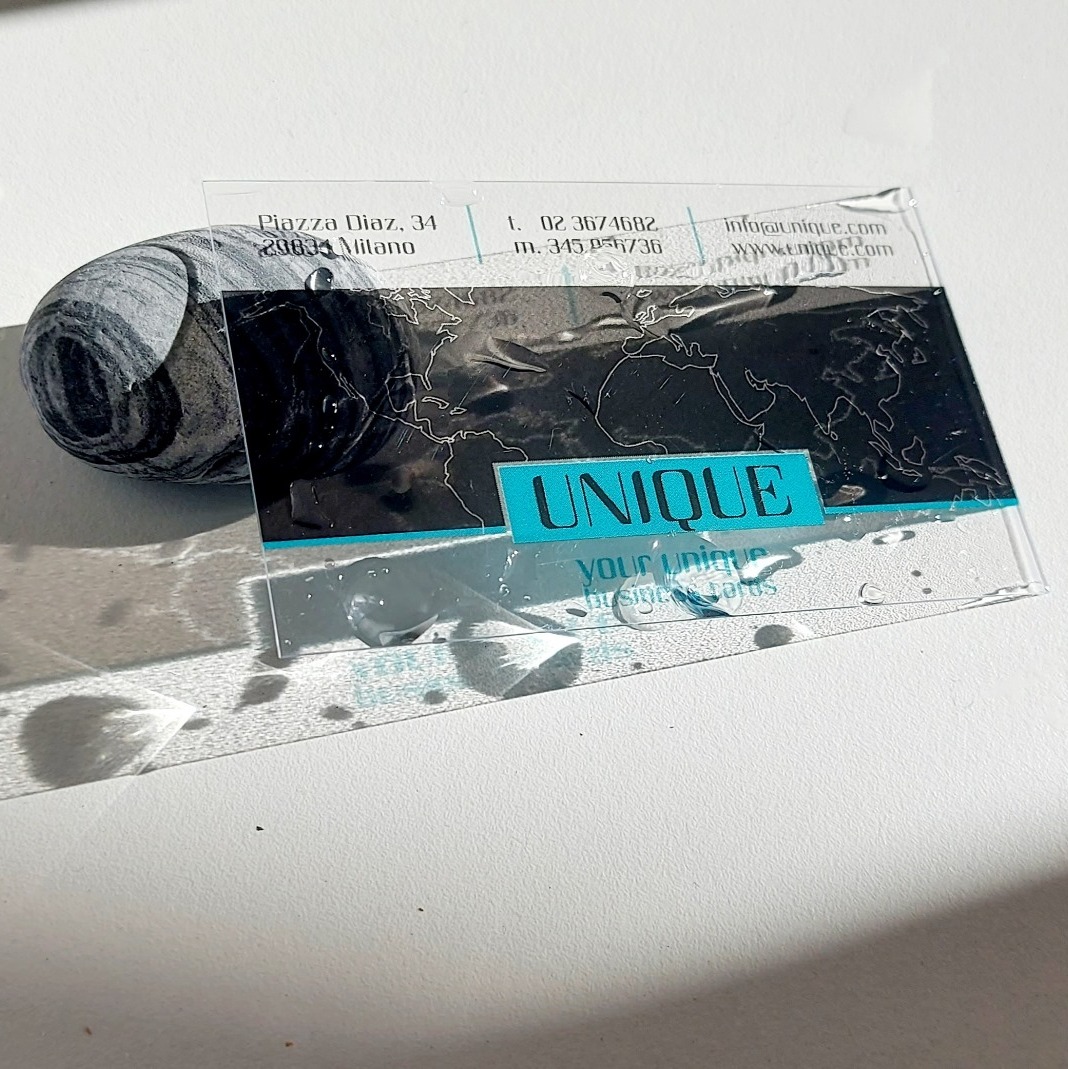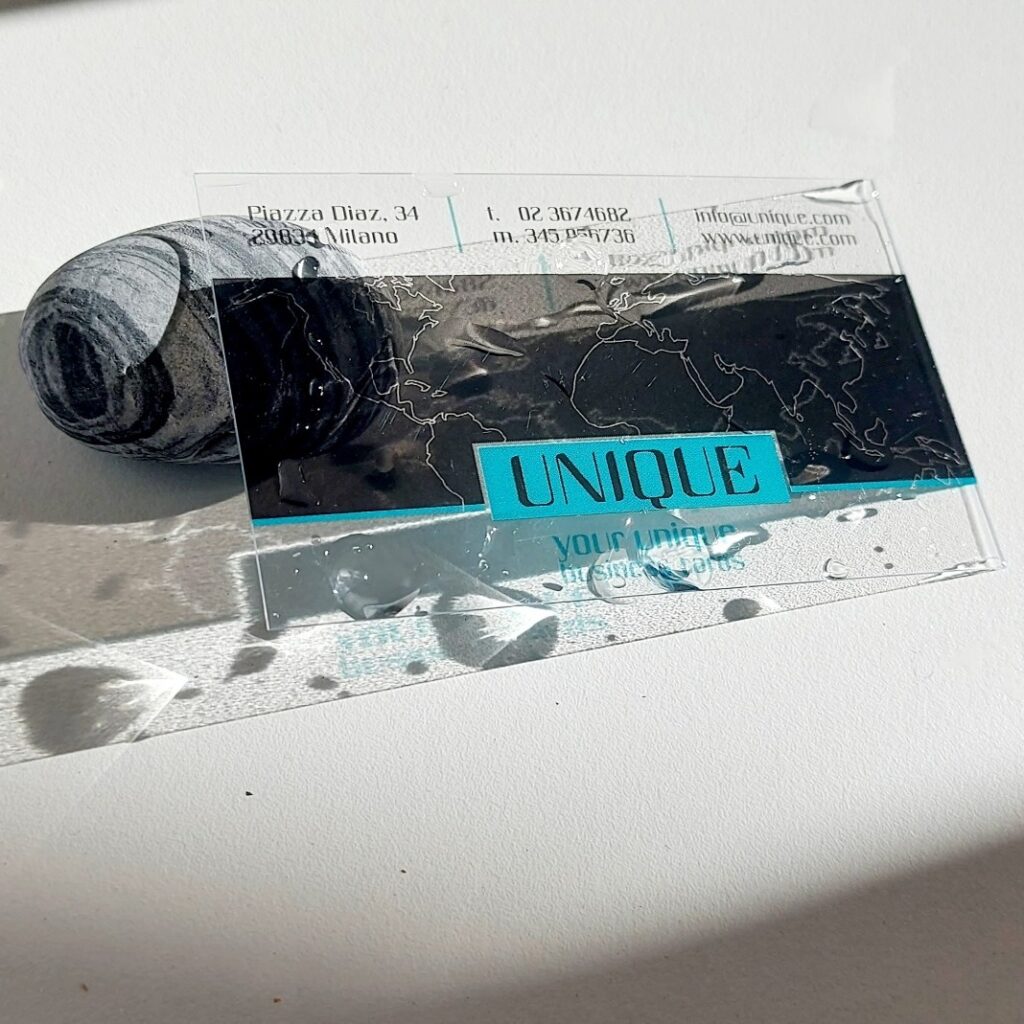
- Networking: Business cards are a convenient and tangible way to exchange contact information when networking at conferences, trade shows, meetings, or social events. They provide a professional and memorable way to make a connection.
- Professionalism: Handing out a well-designed business card demonstrates professionalism and preparedness. It leaves a positive impression on potential clients, partners, or employers.
- Branding: Business cards can be an extension of your brand. They can feature your logo, brand colors, and a design that reflects your business’s identity. This helps reinforce your brand in the recipient’s mind.
- Convenience: While digital methods like phone contacts and LinkedIn are common for networking, business cards are still more convenient in some situations. They don’t require an internet connection, device compatibility, or battery life, making them accessible even in remote or crowded environments.
- Memory Aid: People often receive numerous contacts and information in a short period during networking events. Having a physical business card helps individuals remember who you are and what you do when they review their collection later.
- International Business: In some cultures, exchanging business cards is a deeply ingrained tradition and a sign of respect. If you’re doing business internationally, it’s essential to understand and respect these customs.
- Credibility: A well-designed and high-quality business card can enhance your credibility. It signals that you take your work seriously and pay attention to detail.
- Promotion: Business cards can serve as a promotional tool. You can include special offers, QR codes linking to your website, or other marketing elements to encourage recipients to engage with your business further.
- Accessibility: Not everyone is tech-savvy or relies solely on digital methods. Having a physical card ensures that you can reach a broader audience, including those who prefer traditional methods.
- Contact Information: Sometimes, people prefer having a physical reference for contact information. They can stick your card on their bulletin board or add it to a Rolodex for easy access.
That said, it’s essential to adapt to the changing times. While business cards still have utility, they should complement your digital presence rather than replace it entirely. Ensure that the information on your business card is up-to-date, and consider using QR codes or other digital elements to bridge the gap between the physical and digital worlds.

